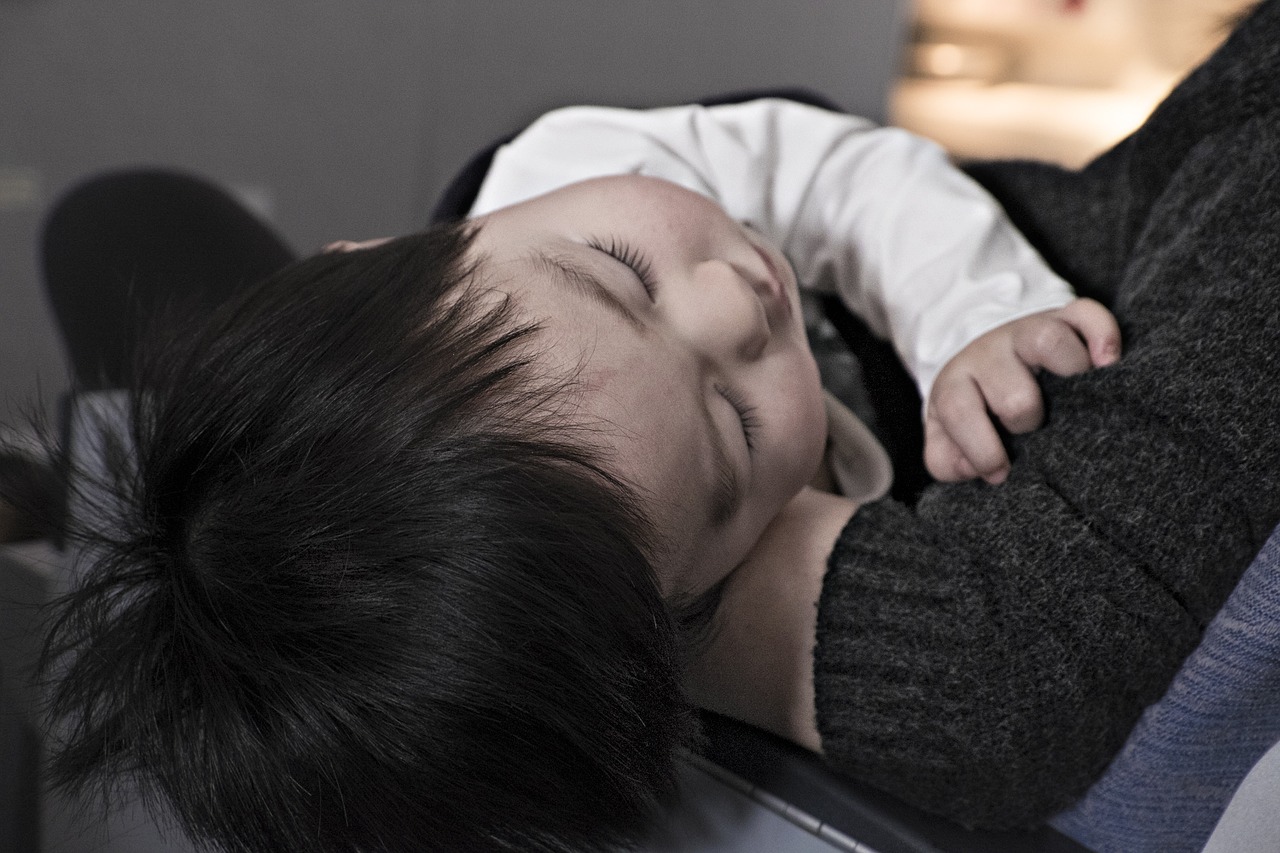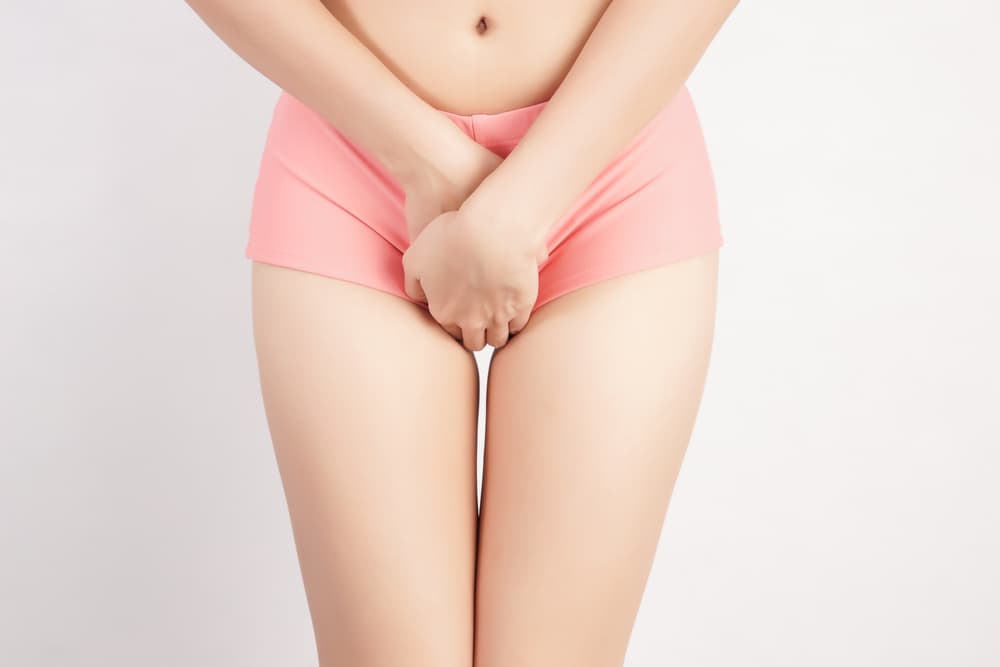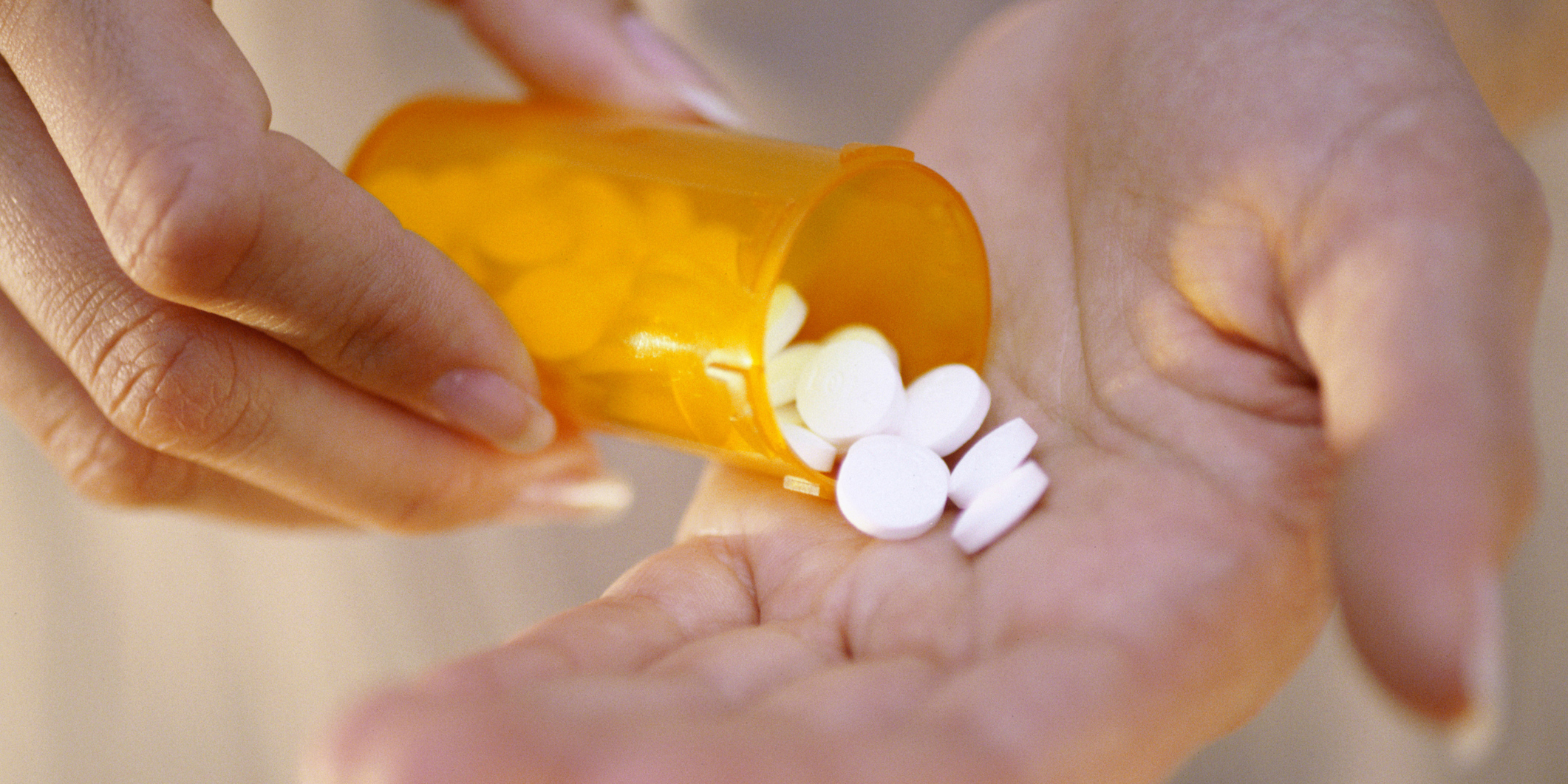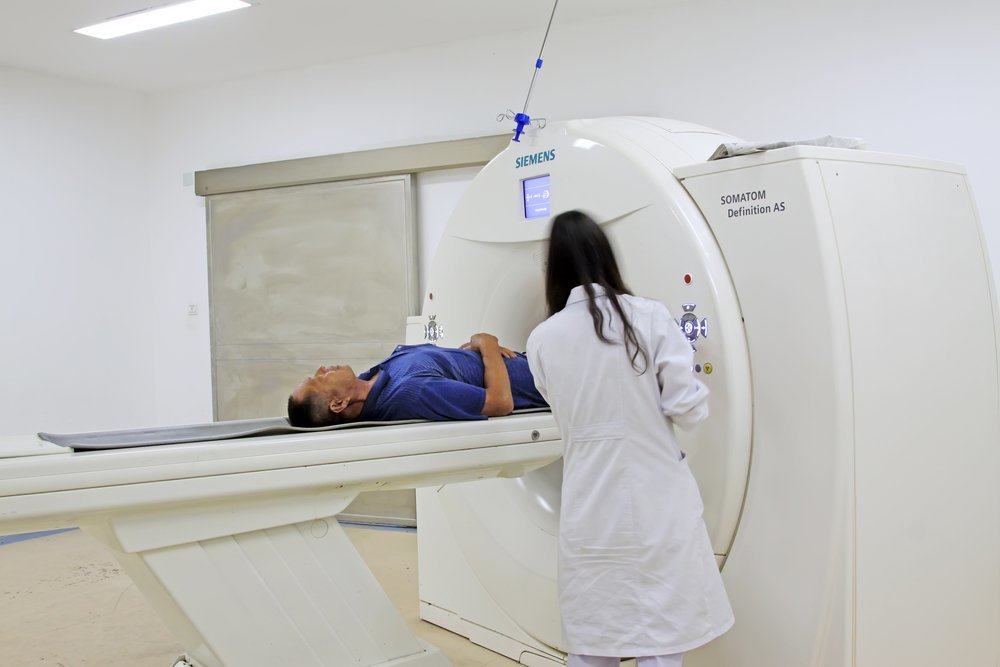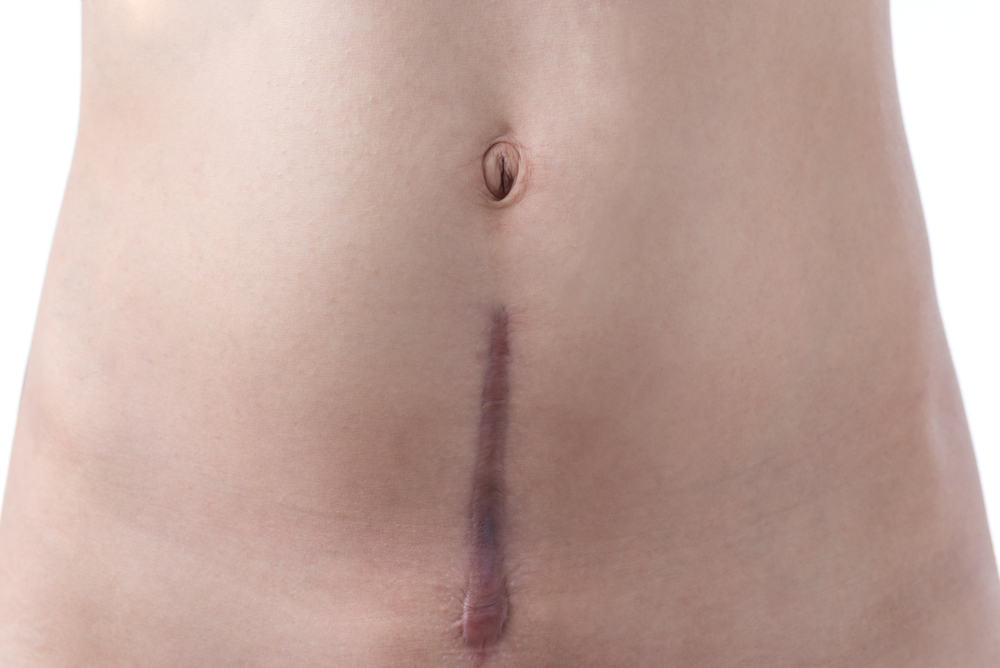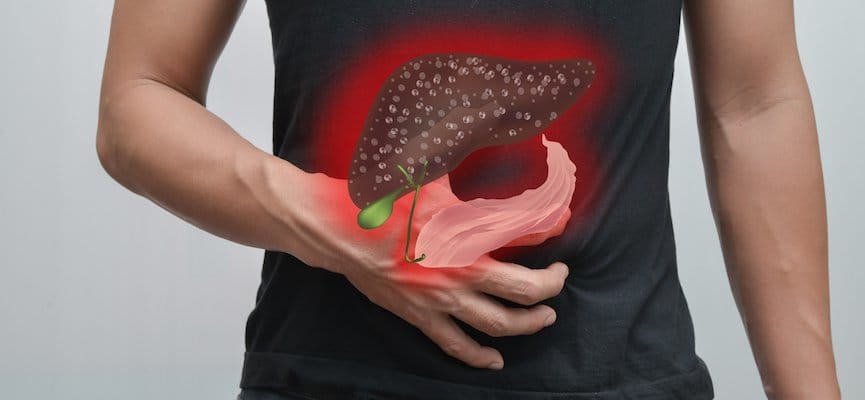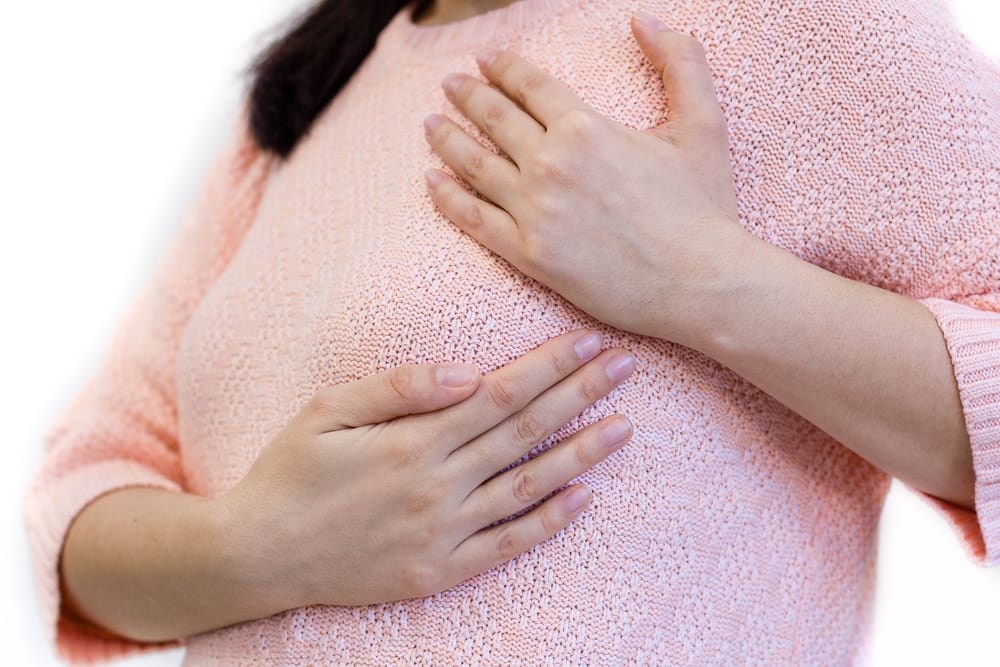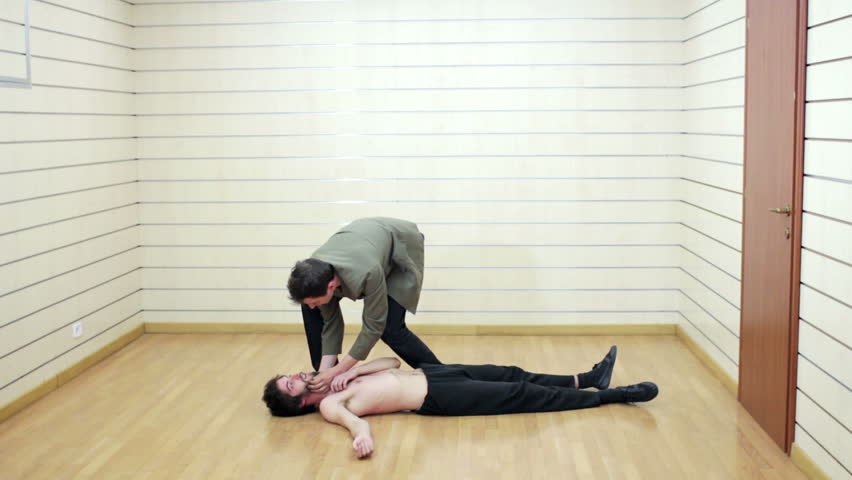Contents:
Medical Video: Children First Aid: Vomiting and Diarrhoea
Diarrhea is a digestive disorder characterized by changes in the shape and consistency of soft stool to liquid, and increased frequency of defecation more than usual, which is three or more times a day.
Although diarrhea is a health problem that is often found especially in children, but this disease is still one of the health problems in Indonesia. In the world, diarrhea causes 1.5 million deaths each year, especially in children.
Symptoms and causes of diarrheal children
In addition to changes in stool consistency and frequency of bowel movements, diarrhea can also be accompanied by other symptoms such as fever, nausea, vomiting, decreased appetite and dehydration. The cause of diarrhea depends on how long the diarrhea lasts, whether it is less than two weeks (acute diarrhea) or more than two weeks (chronic diarrhea).
Possible causes of acute diarrhea in children are:
- Gastrointestinal infections. Viruses are the most common cause of diarrhea in children, but can also be caused by bacterial or parasitic infections.
- Food poisoning
- Use of antibiotics
- Food allergy
Chronic diarrhea is usually caused by:
- Food factors, such as food intolerance
- Parasitic infections
- Inflammatory bowel disease(irritable bowel disease)
What to do when your child has diarrhea
Most cases in children who experience acute diarrhea are caused by viruses. What can be done as a first aid when a child has diarrhea?
No need to panic and not need to rush to take him to the hospital. Treatment is focused on rehydration by giving fluids and electrolytes to prevent dehydration.
Keep drinking and eating
If the child is still breastfeeding, then continue to give breast milk to him. Breast milk should be given more often than usual to replace lost fluids when the child has diarrhea. If the child is no longer breastfeeding, give him nutritious intake.
Water is a good substitute for fluids, but it does not contain salt and electrolytes, so just giving liquid is not enough. You can help maintain electrolyte levels in the body of a child who is diarrhea by providing nutritious food in the form of soup for sodium and juice for potassium.
Salt sugar solution
To replace body fluids lost due to diarrhea, you can also provide easy-to-make sugar and salt solutions at home. The trick, dissolve one liter of water with six teaspoons of sugar mixed with half a teaspoon of salt. You can also provide ORS solutions that are ready to use which are very easy to obtain. Give this solution every time the child defecates.
If your child has diarrhea and vomiting, start giving fluid intake gradually, which is one teaspoon (5 ml) for five minutes, then you can increase the amount slowly. After that, if the child is really no longer vomiting, the amount of fluid does not need to be limited.
With patience and encouragement, most children get enough fluids without the need for fluids through an IV. However, children who experience diarrhea accompanied by severe dehydration may need fluids through an IV.
Recognize symptoms of dehydration that are harmful to children
Dehydration is one of the complications that can occur due to diarrhea. If not treated immediately, it can cause severe dehydration which is very dangerous. This can cause seizures, brain damage, and even death. Recognize signs of dehydration in children and immediately get your child to go to hospital if there are symptoms:
- Dry mouth
- Urinate a little or dark yellow urine
- Little or no tears when the child cries
- Limp
- Dry skin and fingertips feel cold

